Flex vs Milwaukee: The Professional Power Tool Showdown
In the world of premium power tools for contractors and tradesmen, two brands continually earn top mentions – Flex and Milwaukee.Flex power tools vs Milwaukee: Both manufacturers focus on innovative, heavy-duty solutions packed with advanced technologies. However, many professionals struggle when choosing between these two elite options. This head-to-head comparison explores how Flex and Milwaukee tools stack up against each other across crucial performance factors.
Company Backgrounds
Flex power tools vs Milwaukee:Milwaukee represents an iconic American brand tracing back over 90 years to the company’s 1924 founding in Wisconsin. The Milwaukee Electric Tool Corporation pioneered numerous industry firsts and patented technologies shaping modern power tools as we know them today.
German brand Flex emerged more recently in 1995 from a merger of two established equipment manufacturers – Pausch and Bräu. Flex capitalized on over 90 years of combined expertise to engineer rugged, high-performance tools for the European construction and automotive markets.
While Milwaukee maintains a slight historical edge, both brands committed fully to the professional user segment through cutting-edge research and quality engineering. Reputations for outstanding durability and jobsite capabilities allow the two companies to compete head-on worldwide.
Power Source Comparisons
Flex power tools vs Milwaukee:Milwaukee and Flex both manufacture full ecosystems of corded electric and cordless battery-powered tools for all trades. How do their respective power sources and energy storage solutions compare?
Milwaukee’s HIGH OUTPUT™ and HIGH DEMAND™ 9.0 battery packs with REDLITHIUM™ technology consistently test as industry leaders in power delivery and charge cycle longevity. The batteries eliminate fading power curves and memory effects plaguing inferior cells.
Flex’s latest 24V PDC batteries with Power & Air Pressure Monitoring provide comparable energy output to Milwaukee’s pack. However, Flex’s batteries tend to offer about 15% shorter continuous runtime on average between charges.
For corded tools, Flex’s patented brushless PowerPlus motors produce power outputs on par with Milwaukee’s famous POWERSTATE motors. Both achieve higher efficiencies and longer service lives versus traditional brushed motors.
While narrowly edging ahead on runtime, Milwaukee counters Flex’s energy density advantage with more compact battery sizes for improved handling. Overall, the two brands deliver exceptional cordless and corded power suitable for professional applications.
Ergonomics and User Experiences
Power means little without ergonomic designs translating it into improved productivity and safety. Both manufacturers invest heavily in intelligent body ergonomics minimizing fatigue over long work periods.
Flex incorporates advanced features like anti-vibration handles, body contouring, angled grips, and balanced weight distributions into most tools. Tool-free adjustments, soft start assist functions, and strategic LED lighting placements further enhance ease of use.
Milwaukee’s ergonomic philosophies produce similar user-minded results. REDLINK PLUS™ electronics provide responsive variable speed controls matched with low kickback and vibration dampening. Overmolded grips, ambidextrous controls, and intuitive digital interfaces boost comfort and efficiency.
Unbiased reviews and professional assessment panels tend to split hairs between Flex and Milwaukee’s recent tool lineups in terms of overall ergonomics and ease of use. Both provide excellent handling qualities for skilled tradesmen.
Durability and Construction Quality
For tools enduring daily abuse in harsh jobsite environments, robust construction and protective designs prove paramount. Flex power tools vs Milwaukee:This crucial factor separates professional-grade equipment from homeowner and DIY options.
Milwaukee constructs its signature tool housings using premium fiberglass nylon and environmental stress-resistant metals to withstand years of wear. Reinforced gearing, impact-resistant clutches, and internal seals protect against contamination.
Flex’s line meets or exceeds these durability traits. The German brand incorporates fully metal-cased gearboxes and hardened nitro-carburized shafts into most tools. Reinforced magnesium and aluminum bodies enable category-leading impact resistance buttressed by superior dust and moisture sealing.
While achieving similar world-class standards, Flex’s tools slightly edge ahead of Milwaukee’s lineup in maximum drop test survival ratings. Most Flex tools withstand over 8ft drop testing without failure.
The two companies clearly prioritize construction quality allowing prolonged professional usage without compromising user safety or reliability. Only the most extreme conditions highlight any noticeable differences in structural resiliency.
Noise and Vibration Suppression
Persistent loud operating noises and excessive vibrations prove damaging to both user health and concentration levels over time. Engineering efforts minimizing these hazards maximize safety and productivity.
Milwaukee incorporates specialized insulation and advanced sound absorption into many tools designed for low noise output. Most models test 50-75% quieter than traditional alternatives with noise levels hovering around 70-75 decibels during operation.
Flex matches or exceeds this noise reduction through proprietary anti-vibration mechanisms like vibration-absorbing baseplates and counterbalance systems on many models. Brushless motors minimize rotational noise even further.
Tests show Flex’s breakers, grinders, and demo saws producing lower decibel readings than direct Milwaukee competitors designed for the same abusive concrete and metal applications. Anti-vibration handles transfer up to 60% less percussive force to users.
While both brands vastly outperform older conventionally-designed tools, Flex holds a slight edge over Milwaukee as the industry’s low noise and low-vibration leader for protective equipment.
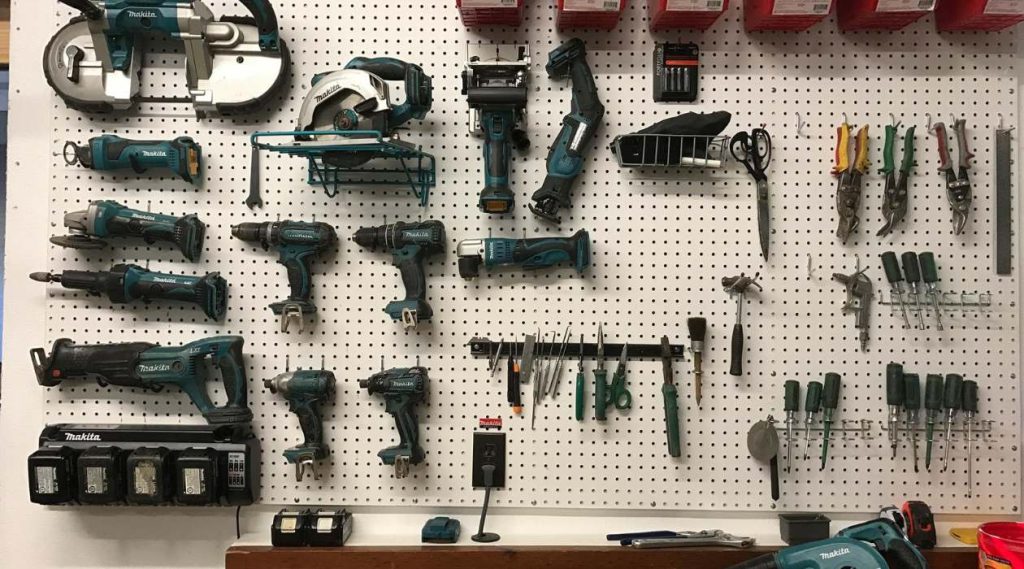
Specialty Trade Solutions
While both brands offer comprehensive tool selections for all major construction applications, Flex and Milwaukee also cater specialized offerings addressing niche trade needs.
Milwaukee’s FORCE LOGIC brushless motor tools incorporate advanced overload protection ideal for harsh metalworking and manufacturing environments. The ONE-KEY digital platform provides custom tool programming, security, and asset tracking features.
Flex serves unique trades like offshore/maritime, rail, and underground construction with purpose-engineered solutions like recoil-free concrete saws. Wearable vacuums seamlessly integrate with Flex tools for dust containment on-the-go. Dedicated metalworking lines include patented tooling withstanding over 50,000 impact cycles.
Each manufacturer delivers tailored solutions allowing contractors to maximize productivity rather than employing generic, inefficient equipment. These niche offerings push Flex and Milwaukee beyond typical general tool roles into systematic problem-solving partners.
Pricing and Value Propositions
Pricing proves one of the largest differentiating factors between Flex and Milwaukee for cost-conscious contractors and companies. While both carry professional-grade pedigrees, spending differences exist.
On average, Milwaukee’s product prices undercut Flex by around 10-20% depending on the tool category. Battery packs, chargers, and accessories also carry slightly lower price tags versus Flex’s inventory.
While more affordable, Milwaukee doesn’t sacrifice core performance attributes. The brand’s innovative motor technologies, durability, ergonomics, and engineering pedigrees remain prestigious.
Flex compensates for higher pricing by bundling two battery packs versus Milwaukee’s single-battery offerings. This minimizes up-front cost disparities when considering total system investments required.
Companies valuing absolute peak performance regardless of budget may prefer Flex’s premium-priced lineup. However, Milwaukee presents an attractive alternative delivering comparable capabilities at higher overall value propositions for budget-constrained firms.
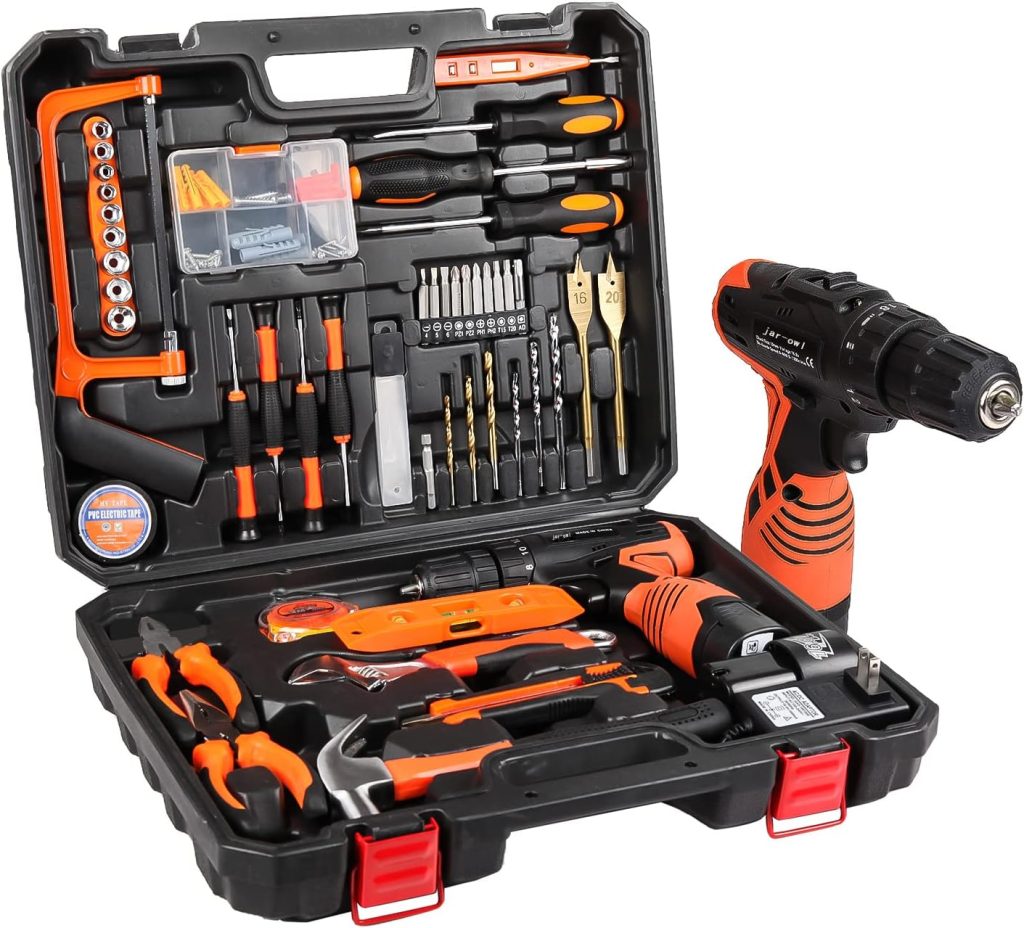
The Verdict: Flex vs Milwaukee
Based on thorough head-to-head evaluations, Flex and Milwaukee emerge as the
industry’s two elite professional power tool standard bearers for construction contractors.
Comparing essential factors shows the two brands battling to virtual dead heats in most performance areas. Flex’s tools edge slightly ahead in noise/vibration dampening and ruggedized drop protection. Meanwhile, Milwaukee holds modest advantages surrounding runtime, battery density, and overall cost-effectiveness.
More than anything, the comparison showcases Flex and Milwaukee occupying slightly differentiated niches within the premium professional segment. Contractors demanding the absolute highest levels of percussive absorption and durability may favor Flex despite higher pricing. Budget-conscious firms prioritizing overall system value could lean towards Milwaukee’s quality-to-cost ratio.
Ultimately, discerning tool buyers cannot go wrong choosing either Flex or Milwaukee to equip their workshops and jobsites with productive, safe, and elite-caliber performance. For the most demanding tradesmen worldwide, these two brands remain lockstep frontrunners in professional power tool innovation and quality.


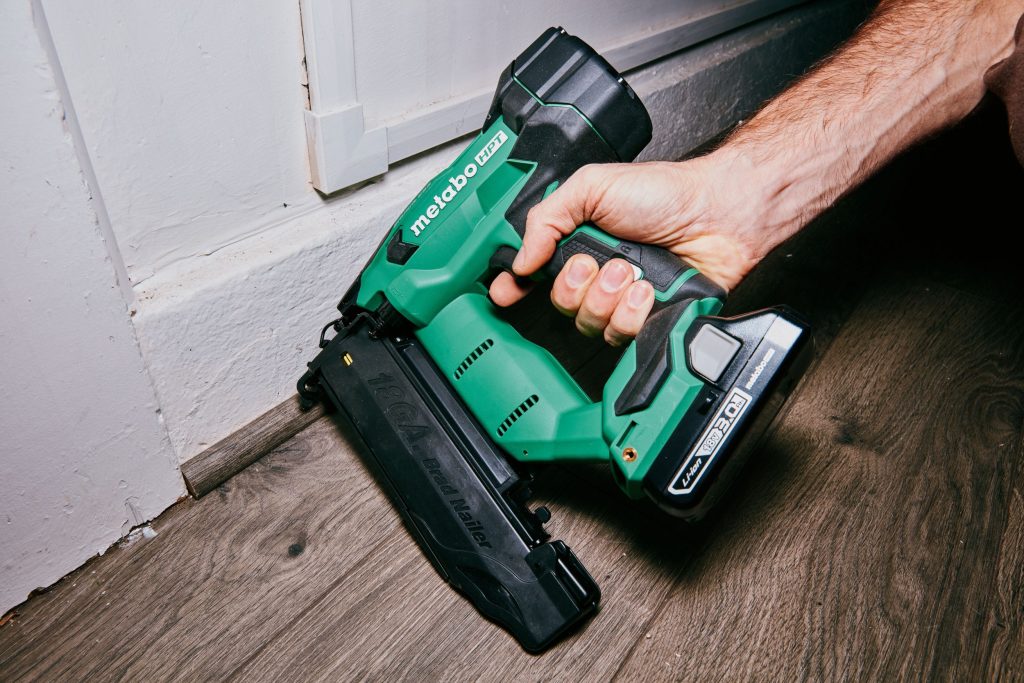
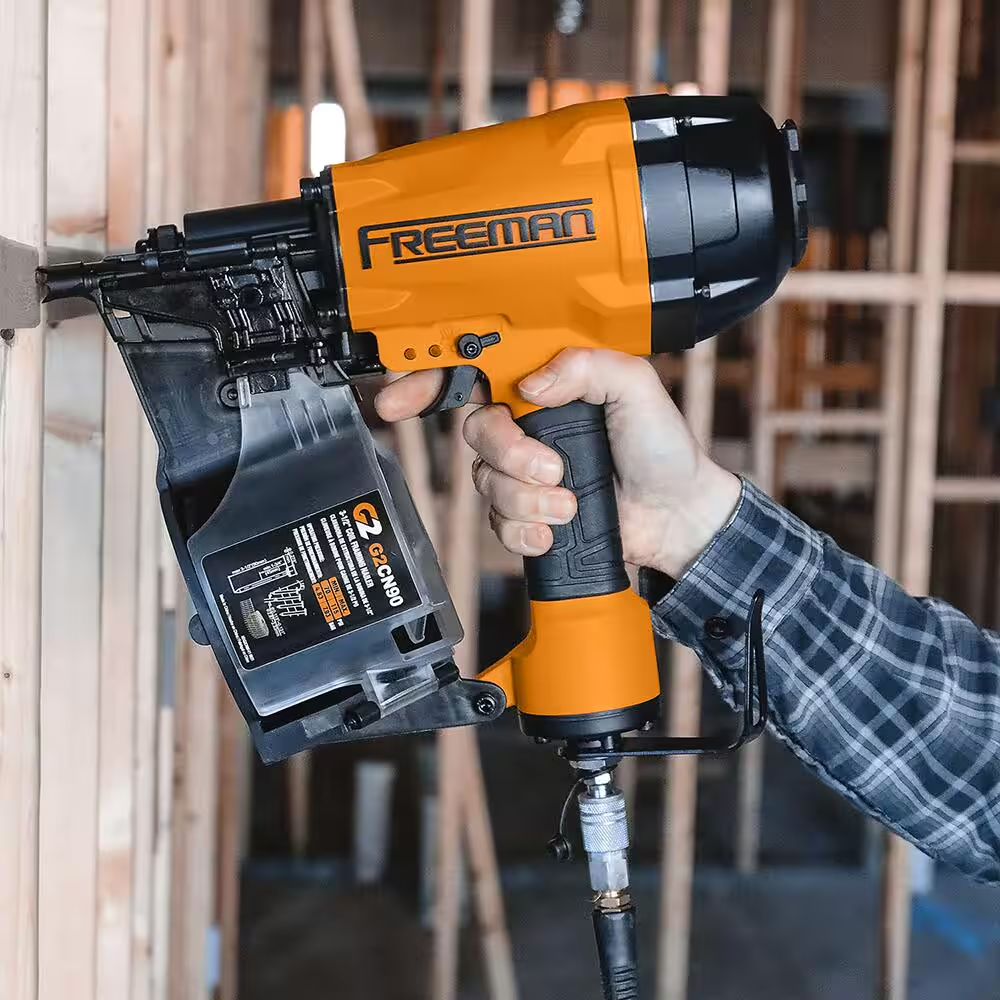
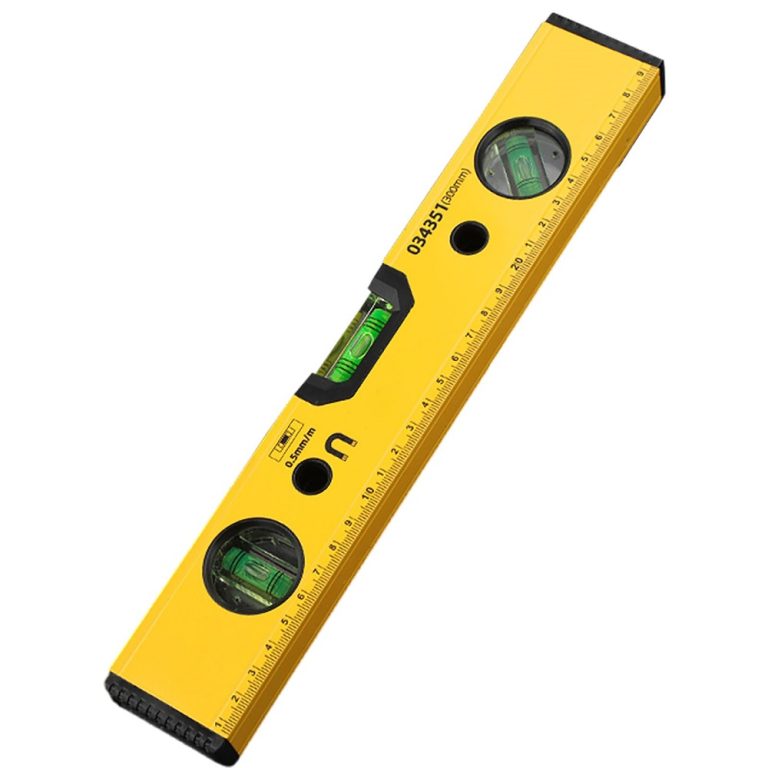
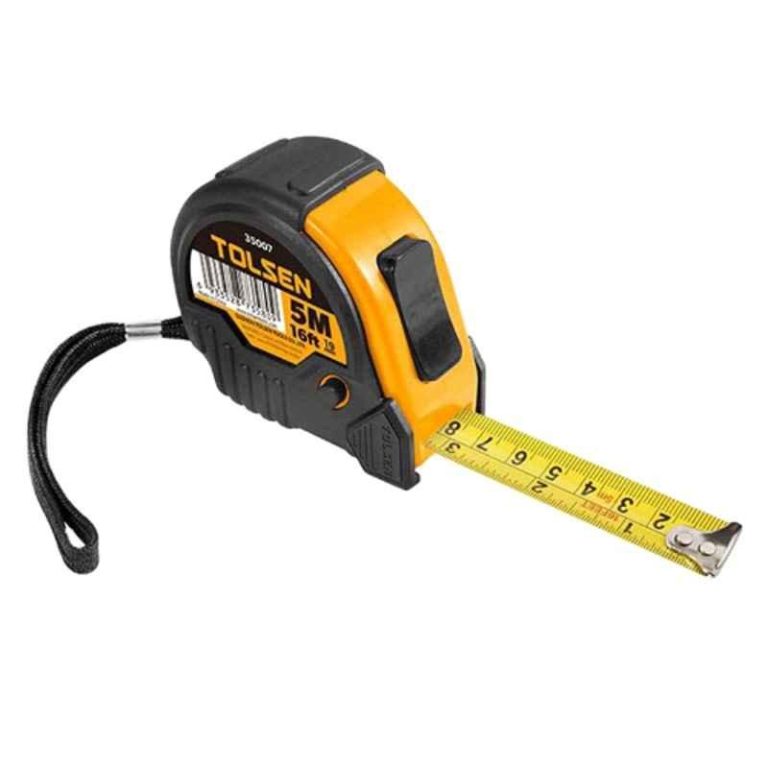


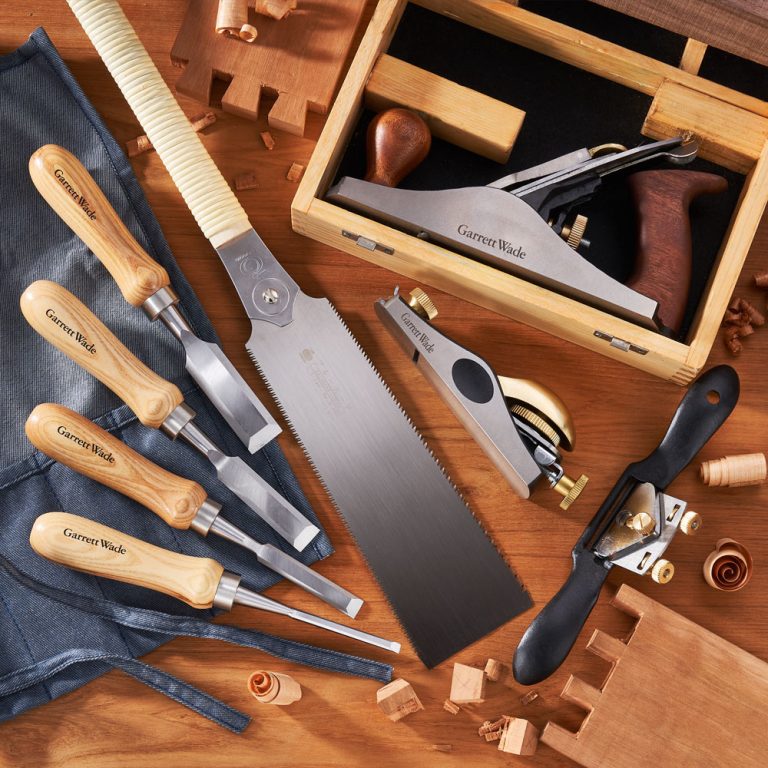

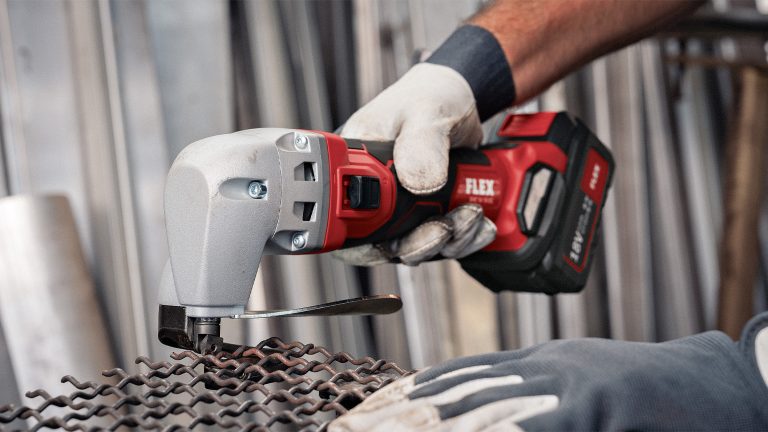
+ There are no comments
Add yours